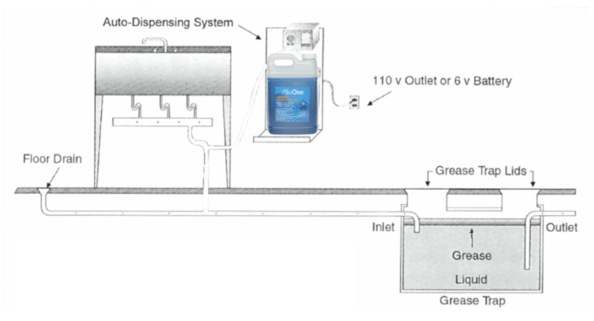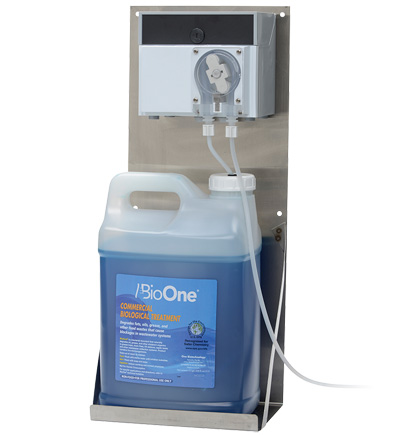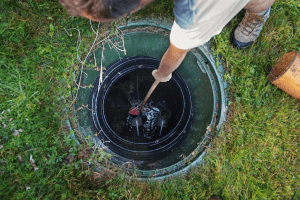
If you suspect a clog in your septic drain pipe, you’re probably wondering what to do. While calling an experienced plumber is always an option, you may be able to clear the blockage yourself. Once the drain pipe is unclogged, you may also want to consider adjusting a few habits to reduce the risk of clogs in the future.
What Happens When a Septic Drain Pipe is Clogged?
Your septic system removes all wastewater from your home, along with any waste that goes down the drain or is flushed down the toilet. The main drain line leads directly from a home or residence into the septic holding tank. This drain line is often susceptible to clogs.
A clog can start with a buildup that begins to slow the flow of wastewater to the tank, or it can be a complete blockage, keeping any waste from making it into the septic system. Though you aren’t able to see a clog, there are some warning signs to alert you to a problem:
Slow Drainage
This is a telltale sign that a problem is occurring in your drain line. You may notice that your shower is draining slowly or that water is pooling in the kitchen sink. That’s because the water cannot move past the clog or blockage down the line.
Gurgling Sounds
As wastewater attempts to move through a clogged or blocked drain line, it can make a gurgling or trickling sound. This noise is often indicative of a problem within the drain pipe itself.
Foul Odors
As waste begins to back up in your pipes, gasses will build up, leading to foul odors that can quickly fill your bathrooms, basements, and even your kitchen sink.
Common Reasons for a Clogged Drain Pipe
There are several reasons that you may be experiencing a clogged septic drain pipe. Common causes of a clog or blockage are:
Flushing Inappropriate Items
When you have a septic system, it’s critical to be mindful of what goes down your drains. Only wastewater and septic-safe toilet paper should be flushed down the toilet. Diapers, wet wipes, and feminine items are known for clogging pipes in septic systems.
A Buildup of Fats, Oils, and Greases
Fats, oils, and greases (or FOG) often flow through the drain as a liquid, but once inside your pipes, they quickly solidify, causing stubborn blockages. Dispose of FOG separately to reduce the risk of clogging in the future.
System Overload
You may not know this, but using a lot of water in a short amount of time can overload your septic tank, thus resulting in a clog or backup. If possible, try to space out showers, loads of laundry, and dishwashing to give your septic tank time to process the wastewater properly.
Interference from Tree Roots
As trees and bushes age, they develop deeper root systems. Over time, those root systems could begin to interfere with your septic system’s drain pipes, obstructing the flow of wastewater. Avoid planting anything in the area of your septic tank, and consider removing older trees if they could obstruct your drain pipes.
Unclogging a Septic Drain Pipe
If you’re dealing with a backup in your bathroom sink or foul odors in your kitchen, you may be eager to fix the problem quickly. Fortunately, with some troubleshooting, it’s often possible to take the DIY approach to unclogging your septic drain pipe. Try the following solutions.
Baking Soda and Vinegar
You’ve probably heard of this trick before, and that’s because it’s quite effective, especially when the clog is due to fats, oils, or greases. Pour about a half cup of baking soda down the drain pipe, followed by a third cup of vinegar. The chemical reactions will get to work breaking down the FOG in the pipe right away. After an hour, rinse the drain pipe with hot water.
Hot Water
Sometimes, pouring hot water down the drain is all that is needed to break up the clog in your drain pipe. This is most effective when the pipe is only partially blocked.
Use a Snake or Auger
These plumbing tools are incredibly useful when breaking up a clog, and they can travel through your pipes up to 80 meters! If the blockage is located closer to the drain itself, you may also be able to loosen the clog with a bent wire clothing hanger.
Call a Plumber
If you’ve tried these DIY solutions with no luck, it may be time to contact a local plumber. They’ll be able to locate the blockage and determine the best course of action to have your pipes flowing freely again.
Prevent Clogs Before They Form
Want to avoid another DIY repair project? You’re in luck. There are plenty of things you can do now to reduce your risk of septic drain clogs in the future, and most involve simple changes to your daily habits. First, it’s important to be mindful of what you put down your drains and toilets. Avoid flushing feminine products, diapers, and even “flushable” wet wipes that can easily cause a blockage in your drain pipe, and consider tossing all food scraps in the trash.
Next, swap your chemical drain cleaner for a bacteria-based product. For your septic system to function properly, bacteria is needed to break down the waste inside the tank. Harsh chemicals will kill off the naturally occurring bacteria and slow the breakdown process significantly. When you use a bacteria-based product regularly, the bacteria will completely digest fats, oils, and greases inside both the tank and the drain pipe. When FOG cannot continue to build up in your pipes, the likelihood of clogs is greatly reduced.
What to do When You Have a Clogged Septic Drain Pipe
A clogged septic drain pipe could cause some major headaches, including foul odors, slow drainage, and even septic backups. If you wake up to a stinky kitchen sink or standing water in your shower, it’s time to take quick action. If you feel comfortable, you can try to clear the drain with baking soda and vinegar, hot water, or a plumbing snake. If not, call a plumber. Then make a plan to reduce the risks of clogs in the future. Flush only wastewater and septic-safe toilet paper, and add a bacteria-based drain cleaner to your routine. Taking these steps now will help to ensure your septic system will function properly well into the future.


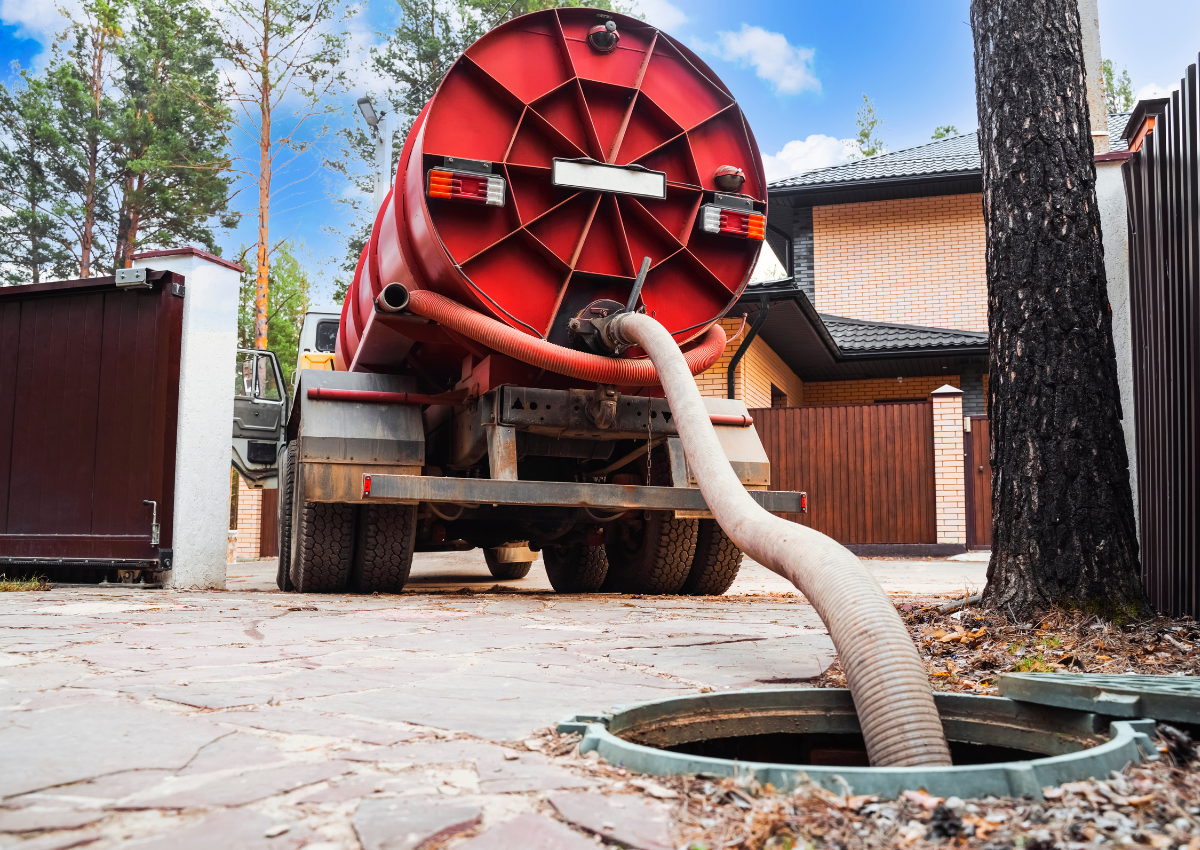
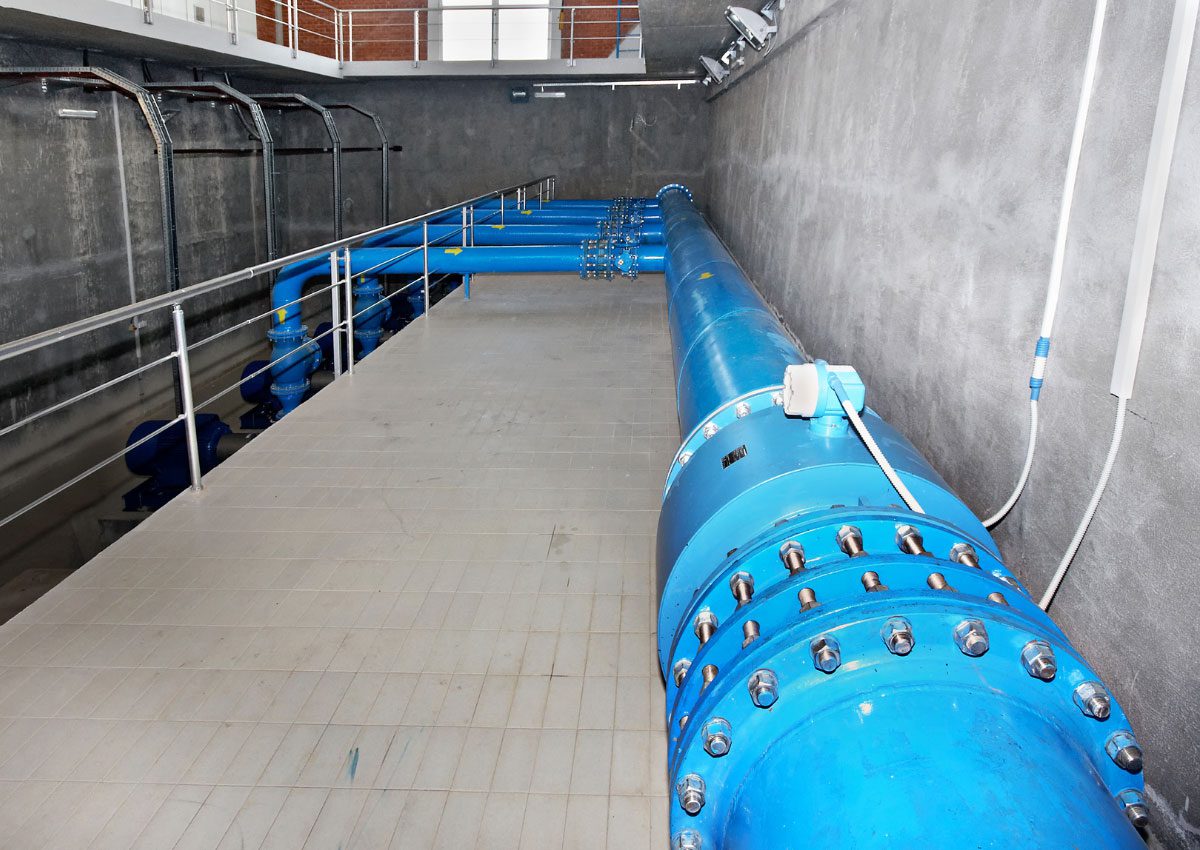
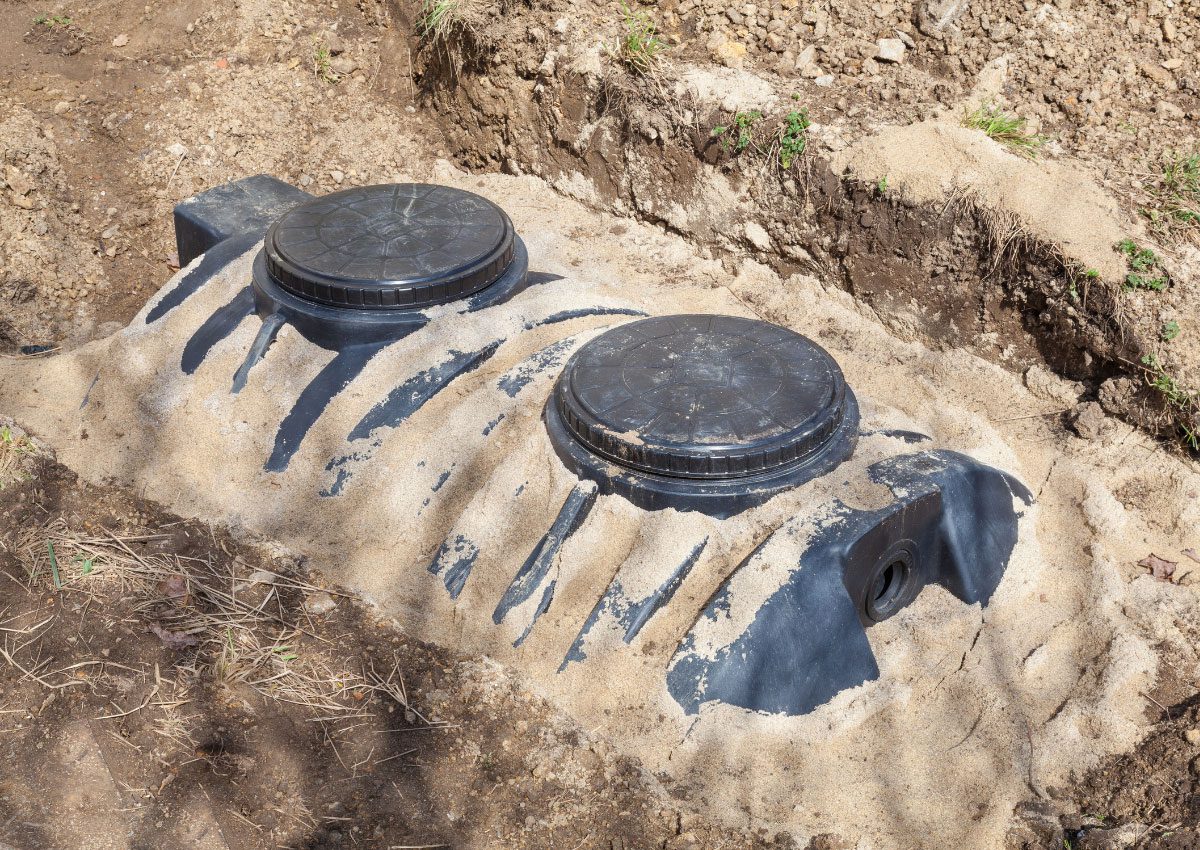



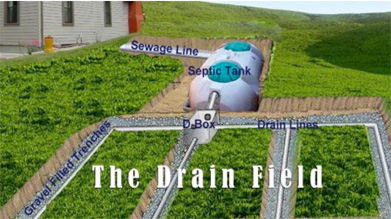 Septic systems require live bacteria to consume, digest, and degrade grease, oil, and other organic matter so that proper functioning can be maintained. When a septic system is properly maintained, the connected drain field can also function according to design.
Septic systems require live bacteria to consume, digest, and degrade grease, oil, and other organic matter so that proper functioning can be maintained. When a septic system is properly maintained, the connected drain field can also function according to design.
